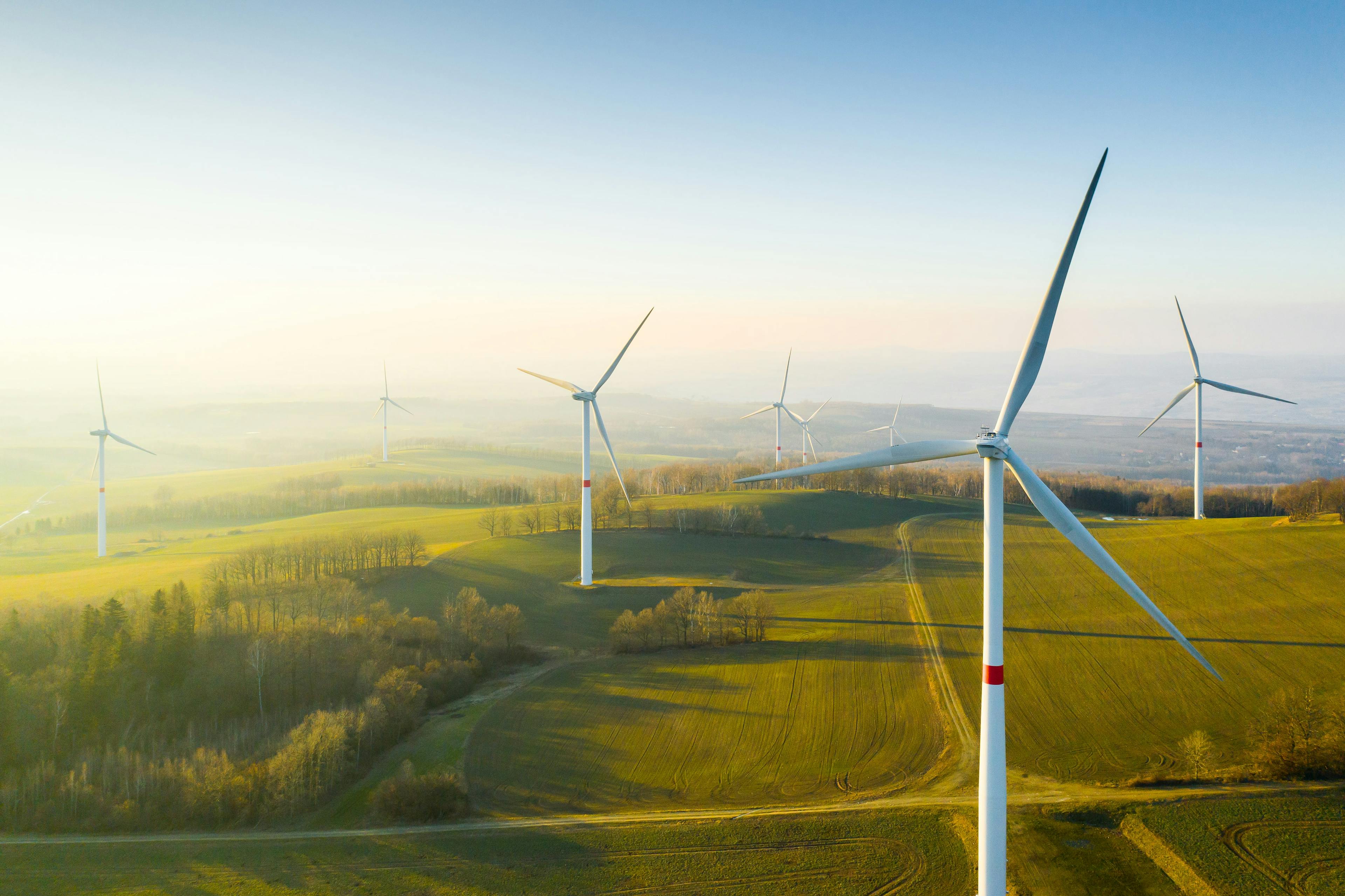
Why is wind turbine blade repair important for sustainability?
As the United States strives towards cleaner energy goals, wind energy generation sources are becoming increasingly important. To propel this progress forward, the United States Department of Energy Wind Energy Technology Office (WETO) is working with industry leaders, academic partners, and other innovators to develop a circular economy for wind energy.
Circular economies are designed to keep various services and materials in use for as long as possible, emphasizing resource efficiency and responsible use. These circular economy items require fewer materials, less energy, and can be broken down and reused in other technologies.
In order to reduce the environmental footprint of wind energy as much as possible, it is vital to focus on three significant areas of sustainability: waste reduction and management, increasing wind turbine blade lifespan, and recycling wind turbine blade materials for other uses.
Waste Reduction
Because wind energy has begun to play a more central role in our economy's sustainability efforts, it is essential to focus on the development of materials and manufacturing strategies that don't contribute to waste generation. This can include higher-performing, less energy-intensive materials and reconfiguring systems to require fewer components. WETO continues to drive these initiatives forward with innovative collaborations across the nation, including:
- Developing efficient wind turbine generator designs and manufacturing in collaboration with the DOE's National Renewable Energy Laboratory (NREL) and the Oak Ridge National Laboratory (ORNL).
- The research and generation of materials like novel carbon fiber to act as a lightweight and tougher alternative to current wind turbine blade materials.
Enhanced Recycling Methods
Decommissioned turbines are the perfect opportunity to acquire vital resources while conserving energy that would otherwise be used to manufacture new components. Currently, 85-90% of a wind turbine's mass can be commercially recycled, while WETO supports new technologies to recycle the remaining 10-15% of materials. In the summer of 2023, WETO announced the Wind Turbine Materials Recycling Prize. This $5.1 million competition focuses on developing a sustainable way to recycle two of the most crucial materials in turbine manufacturing: fiber-reinforced composites and rare earth elements.
Other efforts include researching novel methods like thermal decomposition, which will allow manufacturers to source fiberglass from retired turbine blades and use it to generate new blades, as well as manufacturing items for the automotive, aerospace, and marine industries.
Turbine Lifecycle Extension
Wind turbine manufacturing requires a large number of materials and components, all of which have a limited service life. Salvaging parts for reuse and placing more emphasis on wind turbine repair, inspection, and maintenance are two important ways to extend the life cycle of these machines.
The need for blade replacement earlier than expected is one of the most common challenges faced in the industry. Solutions can include developing advanced blade maintenance and repair strategies and extending certification lifetimes. Through funding from WETO, Sandia's Blade Reliability Initiative and NREL and Argonne National Laboratory's Drivetrain Reliability Collaborative are focused on developing these methods to improve the reliability and maintenance of wind turbines.
Now more than ever, wind turbine blade repair is vital to driving our world to a more sustainable future. Demand for blade repair technicians is increasing daily and is expected to grow as the years progress. Wind turbine blade maintenance and repair requires specific skills that can only be acquired through hands-on training and in-depth certifications, such as Tech Safety Line's Introduction To Blade Repair Course.
